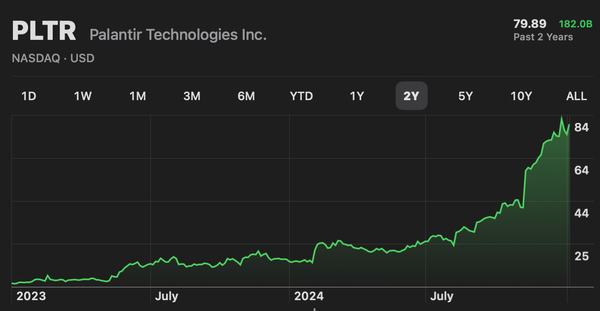The Oura Hits The Zeitgeist
While going through my morning reading I noticed an article titled "Why Baton Rouge doctors are banking on wearables in 2025.[1] I opened it up and the lead sentence caught my eye:
Apple Watches, Oura rings and Fitbits are more than trendy tech devices
It was the nonchalant way in which they mentioned the Oura that piqued my interest. Everyone knows what an Apple Watch and a Fitbit is, but the presumption in the article is that everyone knows what an Oura is also. I had viewed Oura as a bit of a niche device, but clearly people are catching on. Here's a Google Trends chart for it over the last 12 months.

And here are mentions on Google over the last year. Contextualized.

So this sleek little titanium ring has captured the attention of health enthusiasts and medical professionals alike, offering an interesting level of personal health insights.
A Discreet Health Companion
Unlike bulky smartwatches, the Oura Ring provides a minimalist approach to health tracking. Its design resembles a piece of jewelry, making it both functional and fashionable (to some). The ring tracks an impressive array of health metrics, including sleep patterns, heart rate, activity levels, and even menstrual cycle tracking.
Key Features That Set It Apart
The latest Oura Ring 4 introduces several features:
- Smart Sensing Technology: Adapts readings to individual physiology
- Comprehensive Health Tracking: Monitors over 20 biometric indicators
- AI-Powered Insights: Includes an Oura Advisor chatbot for personalized health guidance
- Extended Battery Life: Offers up to seven days of continuous tracking
User Experiences: The Good and The Challenging
Positive Perspectives:
- Many users appreciate the detailed health insights
- The ring helps people understand their sleep patterns and overall wellness
- Provides motivation for healthier lifestyle choices
- Offers personalized recommendations for rest and activity
Potential Drawbacks:
- Requires a monthly subscription for full features
- Can potentially increase health anxiety for some users
- Battery life varies (some users report needing to charge every 3-4 days)
The Broader Context
The rise of the Oura Ring reflects a growing trend in healthcare technology. As personalized medicine becomes more prevalent, devices like the Oura Ring are bridging the gap between casual health tracking and professional medical insights. The company has seen a significant demographic shift, with 59% of users now identifying as female, highlighting its appeal across different populations.
Some people, especially the elderly, take exception with wearing a device they consider to be bulky, like the Apple Watch. Even the Fitbit is a little much for some folks. But the Oura seems to be on a trajectory that positions itself as both non-invasive and useful.
And it's approaching the status of a household word.
Sources

